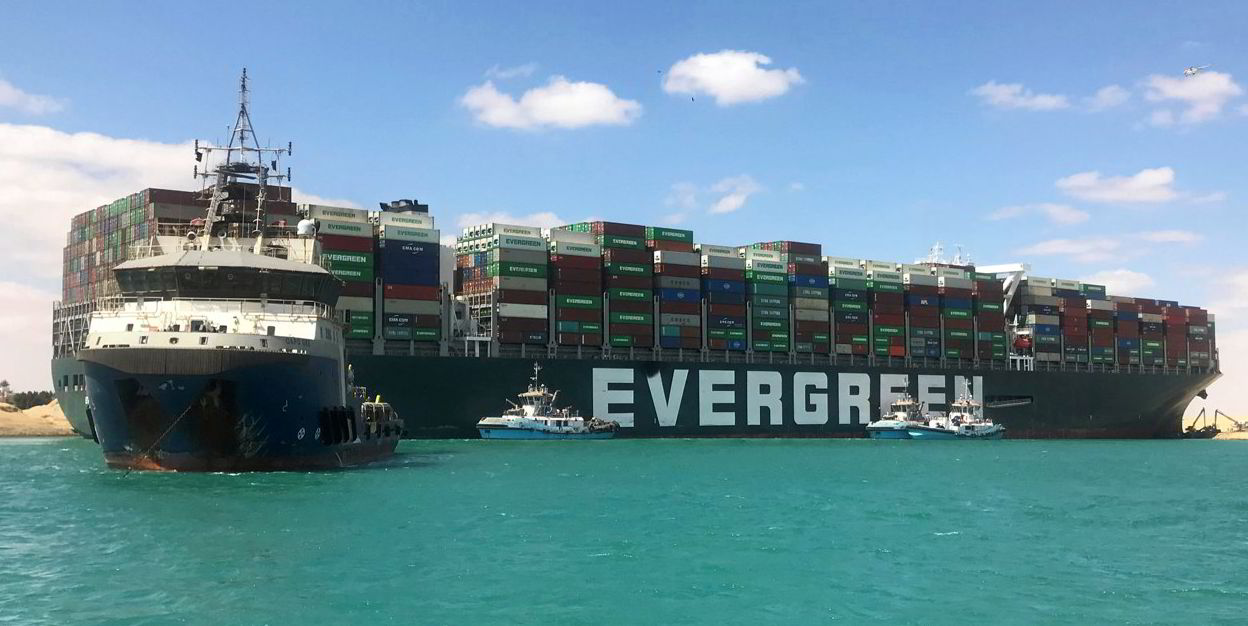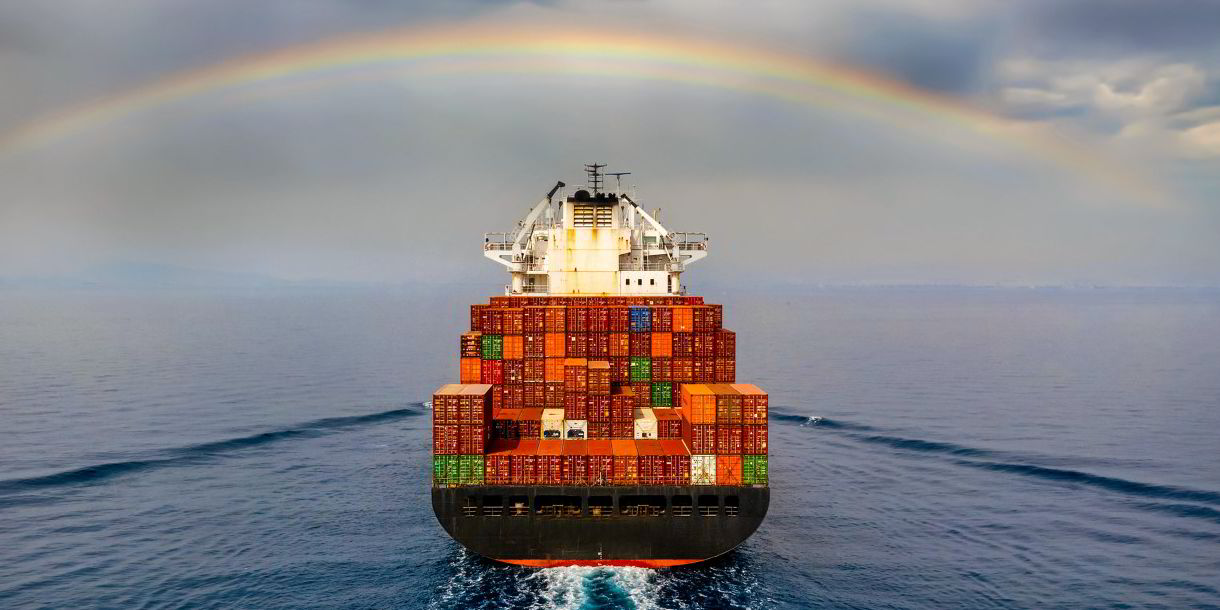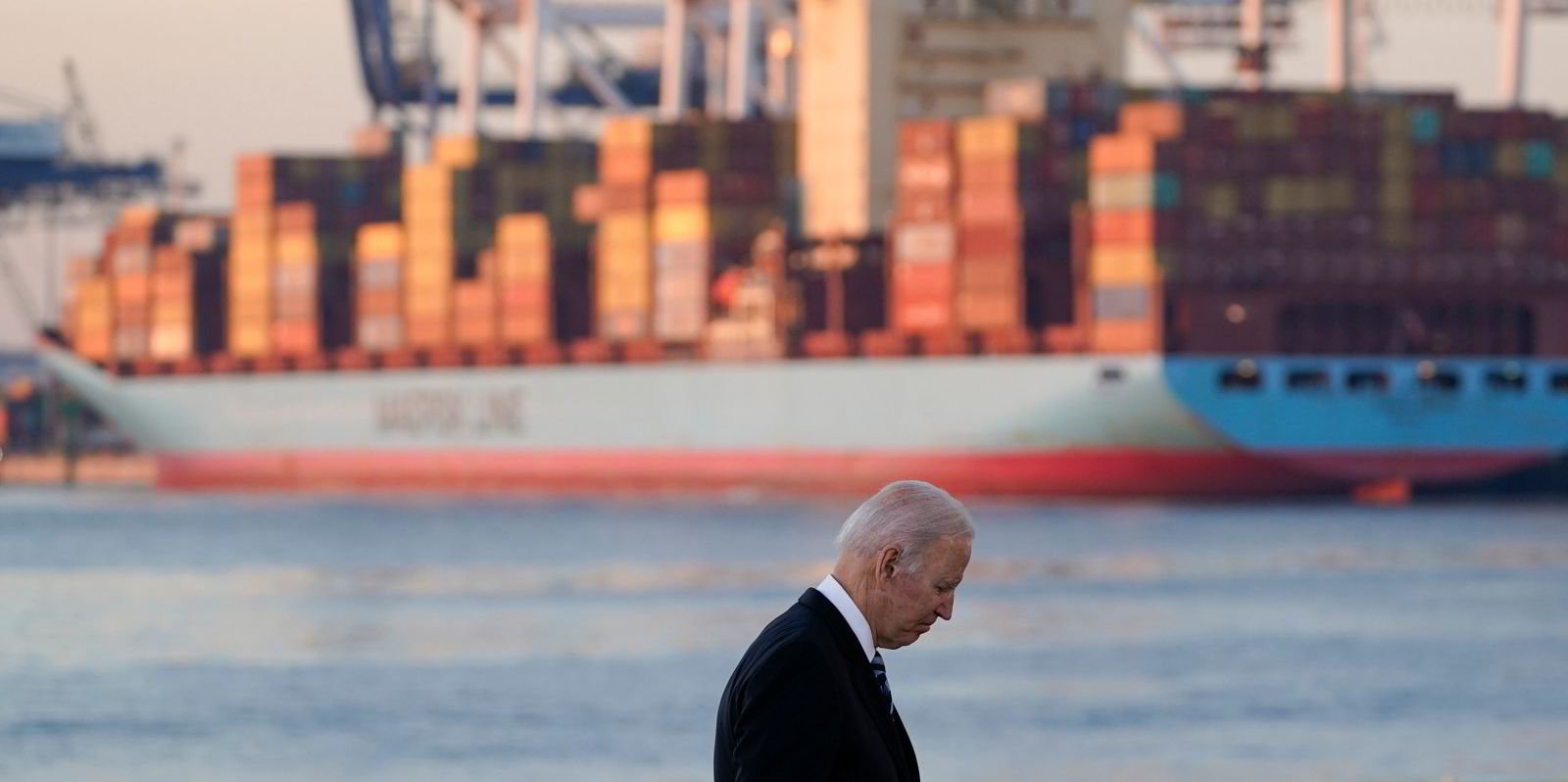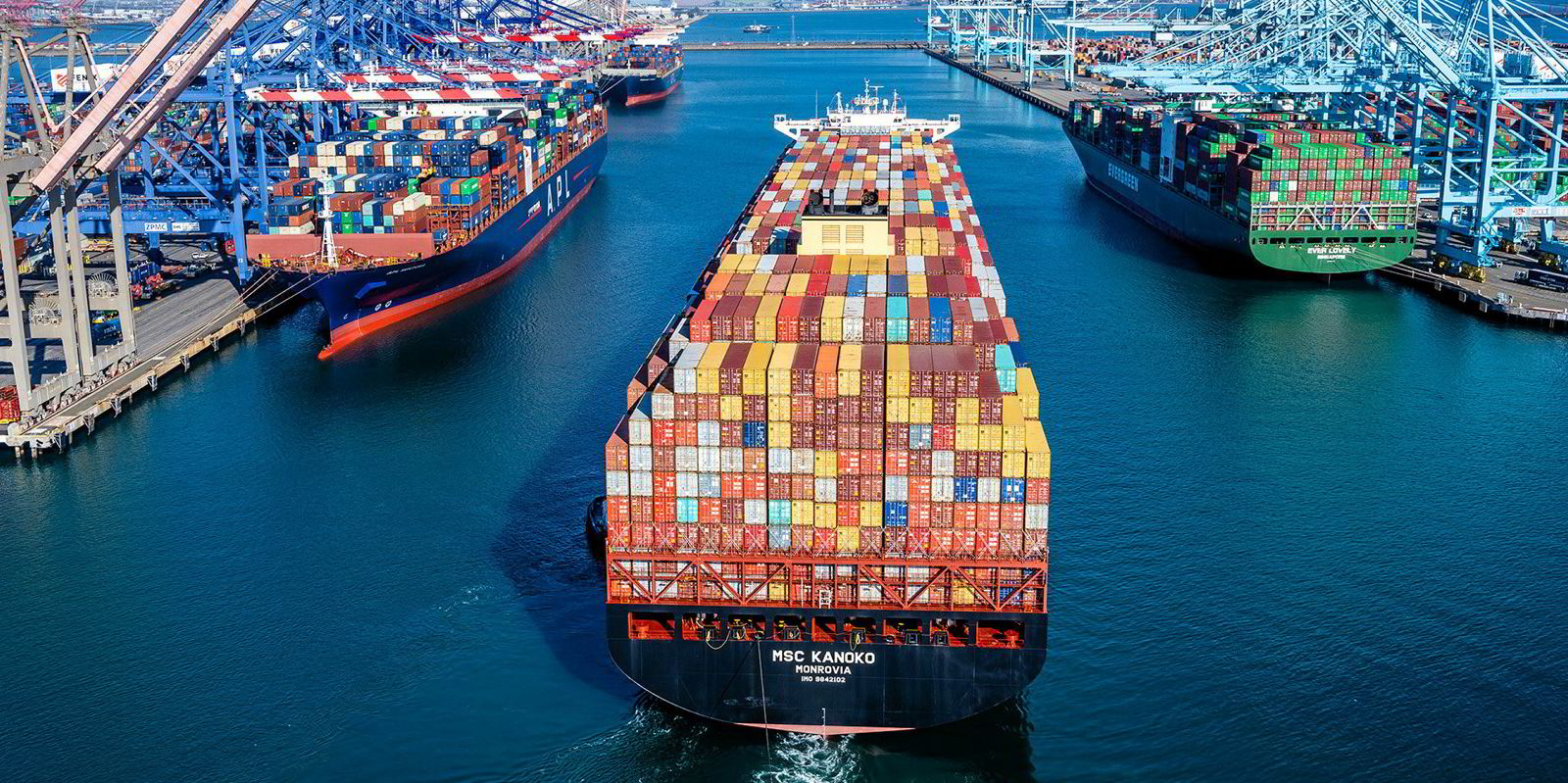No one expects container shipping markets to head south any time soon.
The powerful fundamentals that propelled freight and charter markets to record highs remain firmly in place at the start of 2022.
The coming weeks could be especially strong as Chinese New Year and Omicron perpetuate the spending spree on consumer goods.
That could push the freight, charter and secondhand markets even higher.
So when exactly will the longest joy ride that container shipping has ever witnessed come to an end?
Not until after peak season in the middle of the year, according to Judah Levine, head of research at freight booking platform Freightos.
Rates may ease after the Lunar New Year on 1 February, but high consumer demand and low inventory levels will keep rates elevated well into 2022, he believes.
And the emergence of Omicron could prolong the shift in spending to consumer goods, meaning volumes will remain higher for longer, he added.
That will perpetuate the congestion, delays and disruptions that will delay the return of freight rates to normal levels even further.
The prospects for shipowners remain equally bright in the near term.
Boxships are hard to buy and expensive to charter. It is difficult to find a single analyst who expects the charter market to ease before the third quarter of the year.
The charter market should remain firm, although activity will be limited due to a shortage of ships, brokers said.
Prospects for the secondhand market appear equally good.
The beginning of 2022 for sale-and-purchase activity has been as "eventful, if not more so, than what we have been experiencing in the last year and half", according to Clarksons Research.
Seasoned container shipping analysts are uncertain whether the boom can go on for much beyond 2022.
Some even believe the industry has already sown the seeds of the next downturn that is barely a year away.
Carriers and tonnage providers have ordered an unprecedented number of newbuildings in the past two years.
Counterparty risk
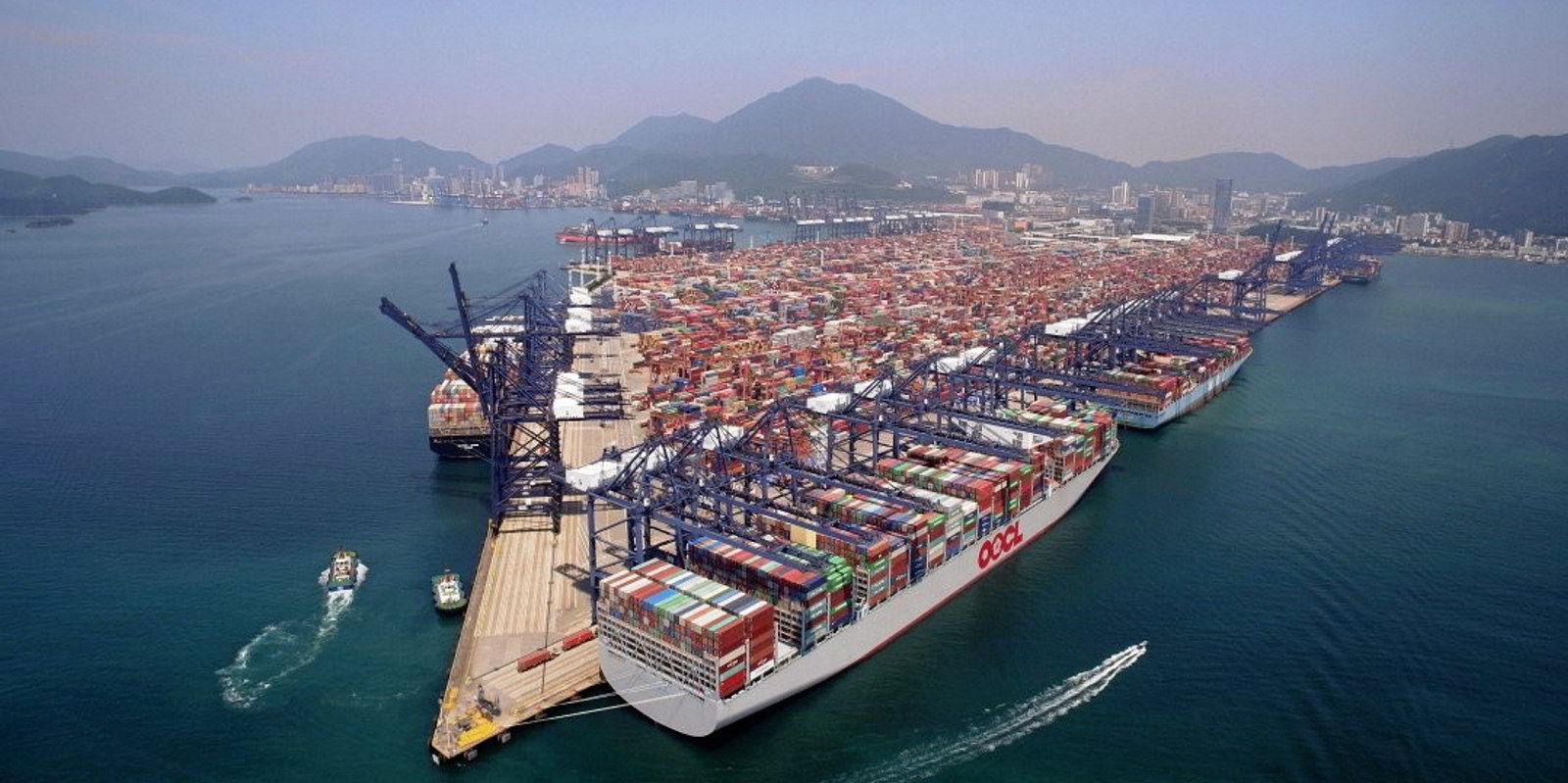
These will begin to come on stream in 12 months' time, with 2.2m teu scheduled for delivery in 2023 and 2m teu in 2024.
Clarksons estimates these have the potential to spur capacity growth of 5% to 7% per annum, adding to supply-side pressure at a time when many chartered vessels will be redelivered.
And that comes when the prospect of the pandemic being brought under control could result in an easing of demand.
Consumer spending habits could again shift away from goods carried in containers and back towards services.
Port congestion should start to ease in the second half of 2022, releasing ships from their anchors and into the market.
That, however, remains hostage to the prospect of further coronavirus outbreaks at Chinese ports, such as what happened in Yantian.
That could cause delays, reductions in capacity and price increases, added Levine.
Such concerns mostly fall on deaf ears as owners remain able to fix boxships of any size at astronomically high rates.
But that too may be storing up problems. More vessels are being forward-fixed for periods of three to five years at record levels with delivery later in 2022.
Lines are likely to find it challenging to pay today's extraordinary rates when the downturn arrives in freight markets, bringing the risk that carriers might default, observers believe.
The fear has led some owners to demand higher charter payments at the start of a fixture while freight rates are high.
For most players, however, there remains too much money to be made in the present to worry about what might happen in the future.
That is inevitable while what Clarkson calls "the hottest container shipping market in history" remains fresh in the memory.
"2021 will likely be remembered as perhaps the most spectacular, record-breaking year ever for the container shipping sector with many market indicators far surpassing previous records amid extraordinary market conditions," it wrote.
A "perfect storm" of firm demand-side trends and prolonged "disruption upside" created an acute capacity deficit and unprecedented market conditions.
"As 2022 emerges, container shipping markets will enter the new year from a very high starting point indeed," the shipbroker concluded.
